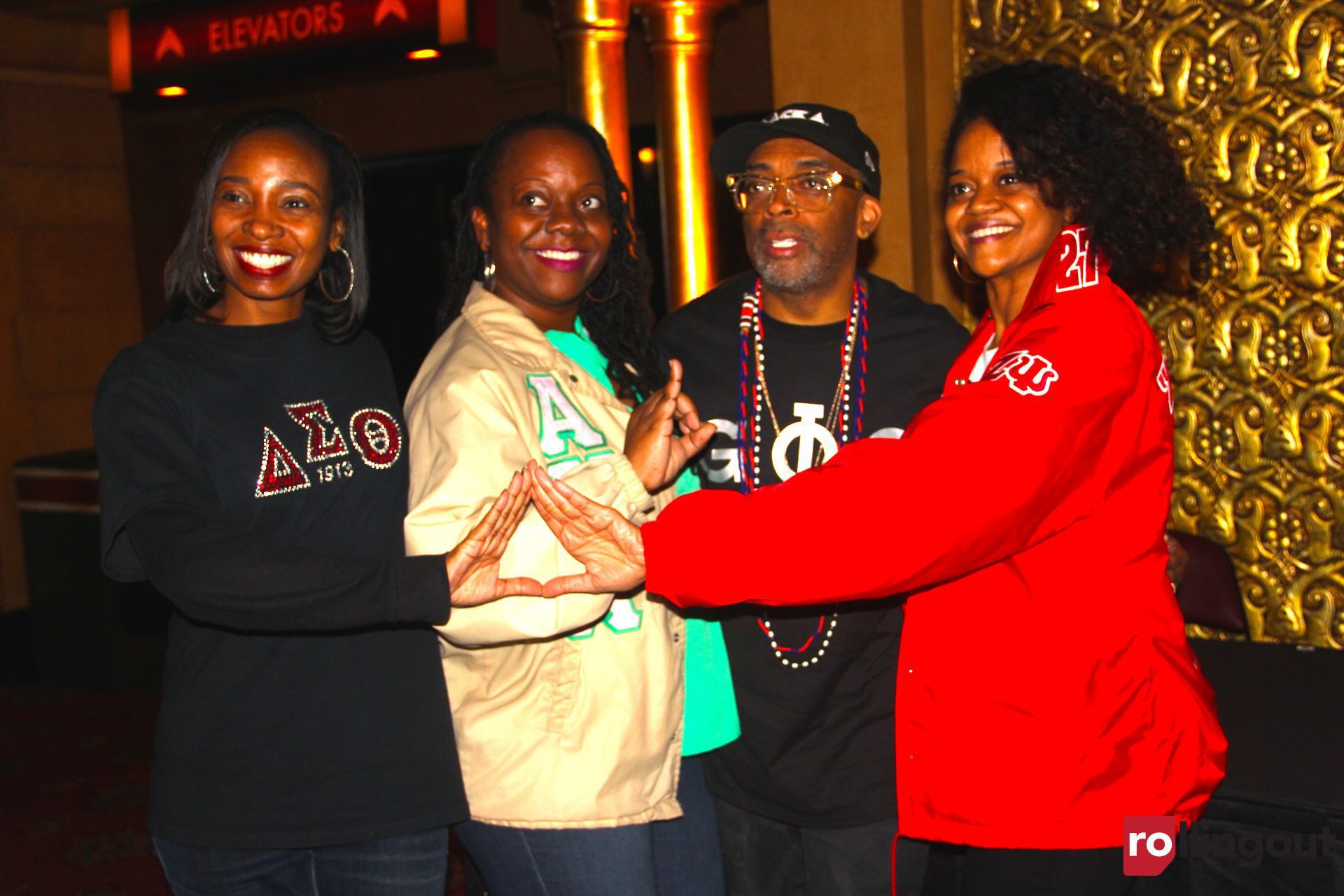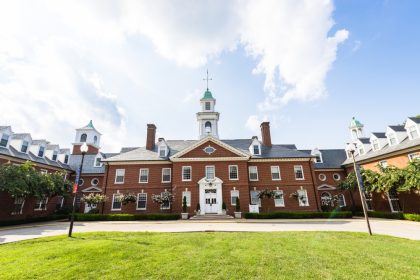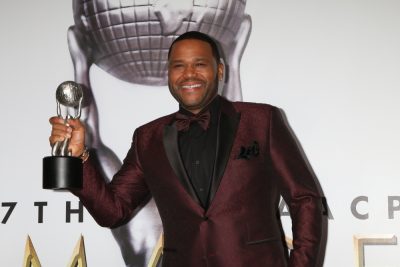Adedayo Laoye was born into the royal family of Oba Adetoyese Laoye, in Ede, Nigeria. Laoye was raised in the Yoruba tradition. He studied at Yaba College of Technology in Lagos and Howard University in Washington, D.C. These two institutions molded him toward his professional career. At Yaba, he was steeped in the methodology of the visual arts, while Howard instilled the theory of art and the legacy of Dr. Alain Locke. His exhibitions and honors include local and national venues. Most recently, Laoye was honored by the Chicago Alumnae Chapter of Delta Sigma Theta as featured artist at their annual Gallery D’Estee.
What was the experience like for you as the featured artist at the Delta Sigma Theta Gallery D’Estee?
I am very appreciative because I’ve been doing that show for about a decade now and to be honored because someone recognizes my input and contribution to my community, such an honor is stronger than any other.
When did you know you wanted to pursue art?
My mother is a retired educator, but she noticed as a toddler that I was unlike most toddlers my age which was to play ball outside — neither did I want to ride a bicycle or play with toys. So I always drew on everything — furniture, my father’s TV. She noticed and started giving me crayons. My mother started me in watercolor. That would be what would channel my style. Because at both places where I studied, the academy here and in Africa, watercolor seems to be the hardest for us as professional artists to grasp, but because I started as a toddler, it made it easier for me for watercolor studies; my security and freedom were there.

How would you describe your work?
Well, here in America, people are more eager to say what style or pigeonhole. Traditionally, that is left to theorists. But for a lack of a better term I made a mistake through my career of 35 years pigeonholing myself too because I noticed most people ask, “what is your style?” So in the name of that I just use a couple of terms over the last 25 years. I use ritualistic because there are drips in my work and it looks like libation, because the approach is more free and direct. I still do studies once in a while before I go into a bigger work, but now that I just go directly to the canvas or the paper, I liken my style to the freedom of an African traditional artist, sculptor/woodcarver, potters and textile decorators, who do not work on studies or color sketches before they go directly to the finish work. So, those are my approaches. Ritualistic could be used because I’ve used it and documented it already.

















